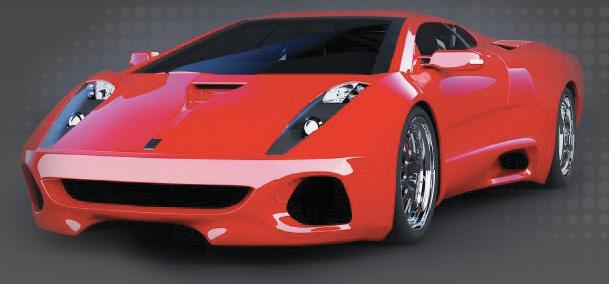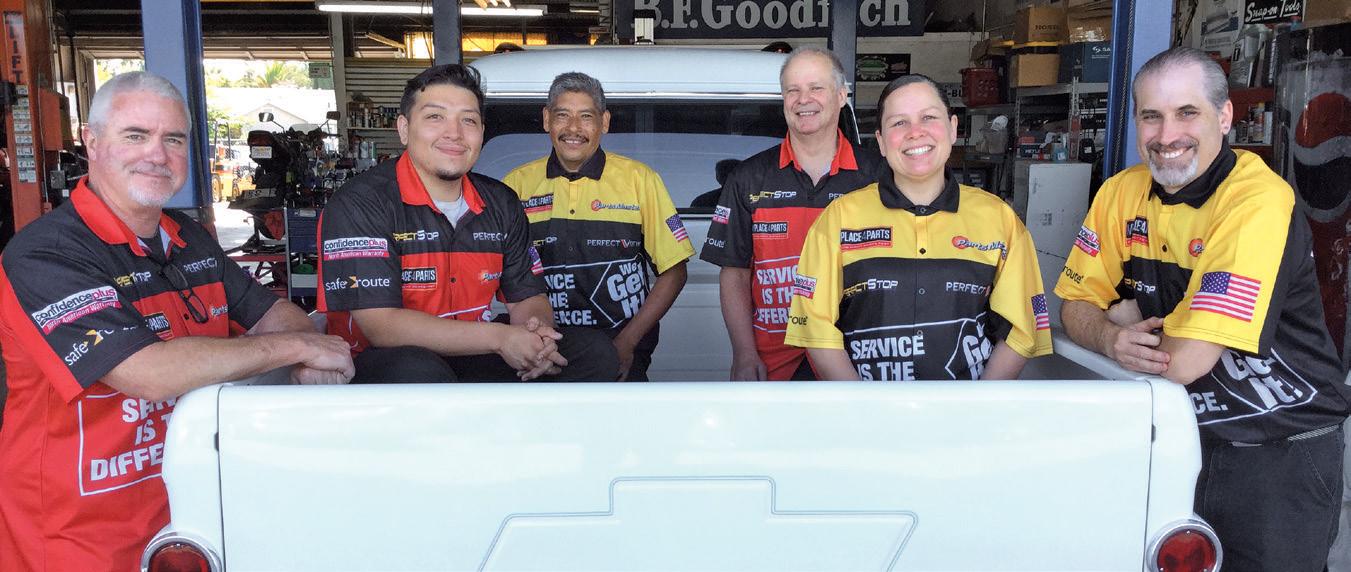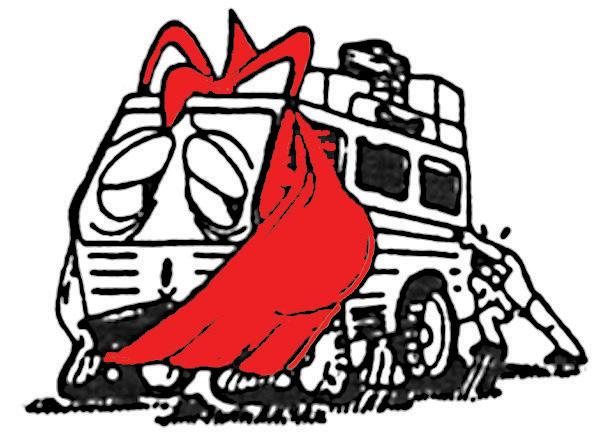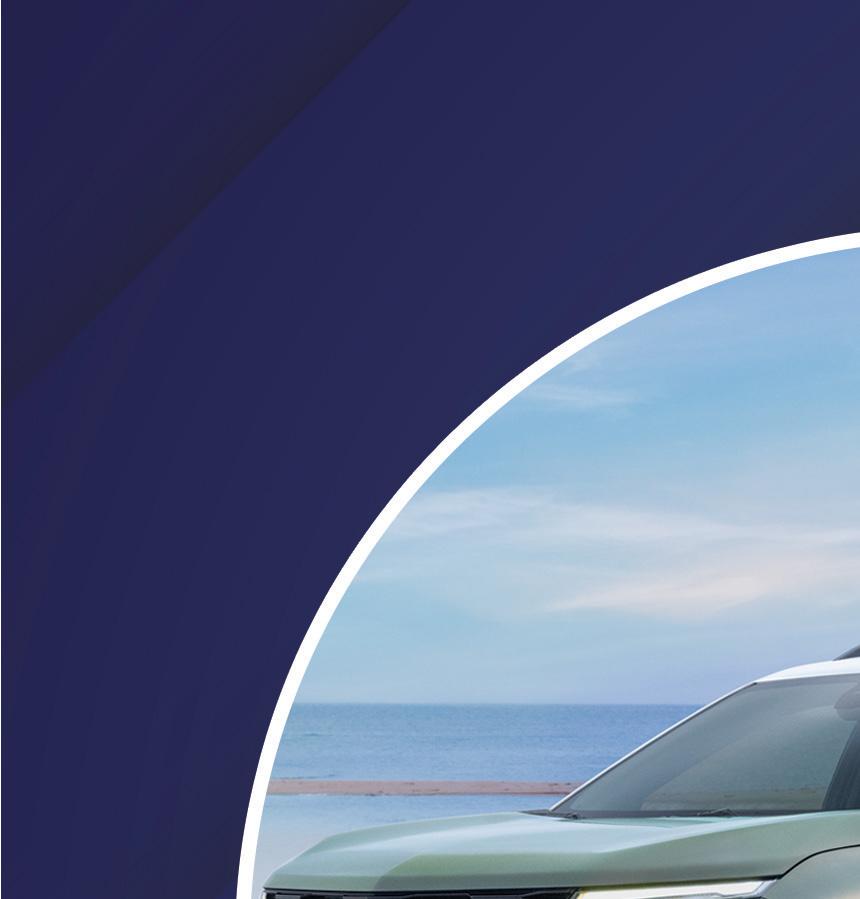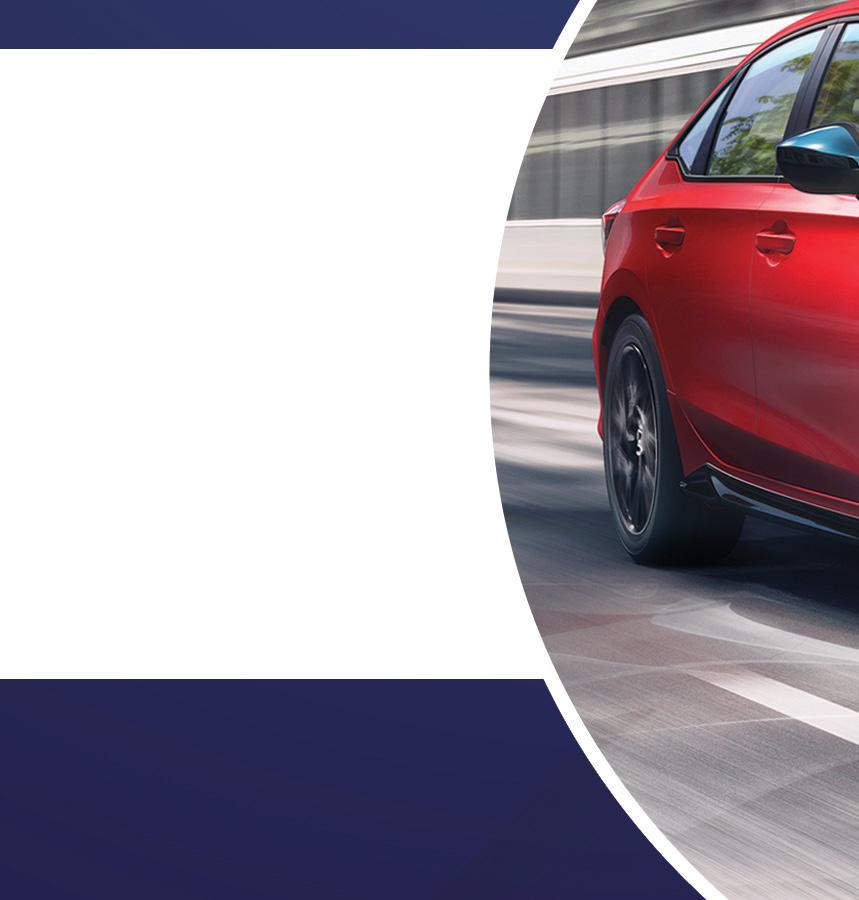Winter is Coming Car maintenance tips for rainy weather


Winter is Coming Car maintenance tips for rainy weather


On the Road
Scenic local routes for motorcyclists
No Mechanic Needed 5 DIY vehicle maintenance tasks















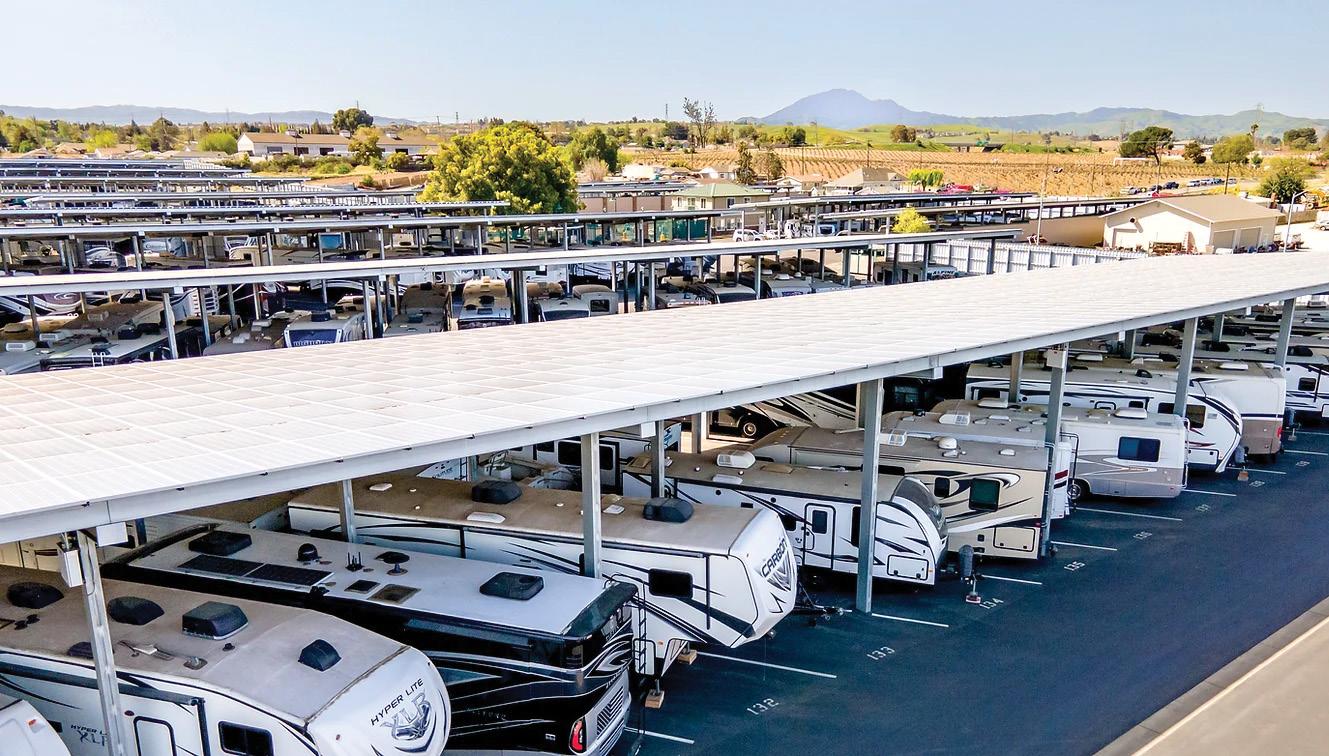

One of the most important things a driver can do to ensure the safety of themselves and others while driving during this season is winterizing their vehicle. It may be unlikely to snow in East County but there are still a number of precautions drivers can take before getting on the road this winter.
Maintaining a vehicle is important yearround, but autumn is the best time to touch base on various key components, according to Rob Brandt, an executive at Bill Brandt Ford in Brentwood. Brandt says the three most important things to service when preparing a vehicle for winter conditions in California are the windshield wipers, tires and brakes.
Replacing windshield wiper blades is one of the simplest checks that Brandt recommends before winter because it is one most drivers can do themselves. The rubber components that repel water can be made brittle by the summer sun and result in ineffective blades that streak
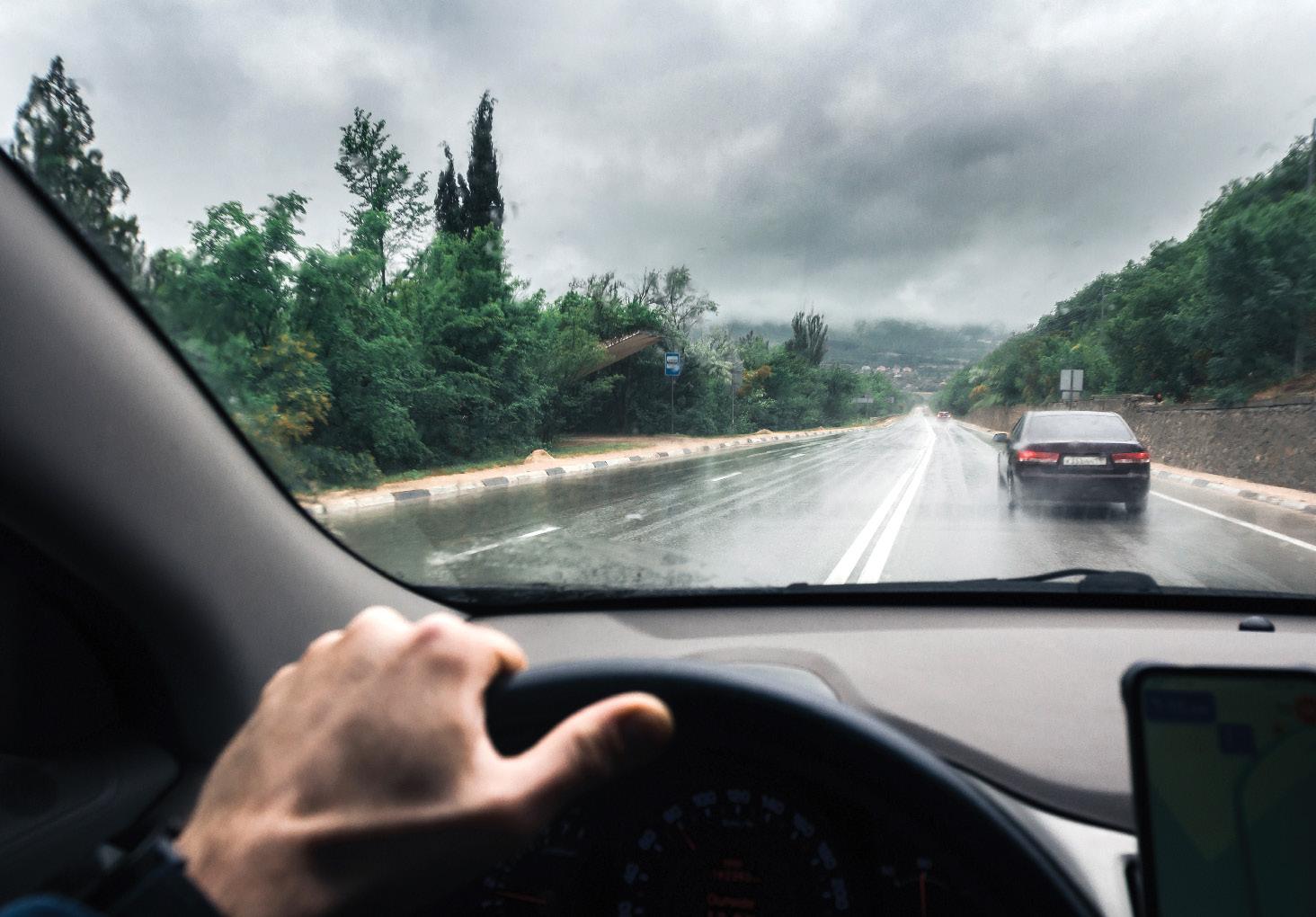
or leave behind droplets, reducing visibility.
“Wintertime is a good time to change wiper blades for visibility,” Brandt says. “We don’t get as much rain as other states here, but it’s good to stay on top of that.”
For drivers who are unable to change the wiper blades themselves, auto parts stores often provide this service free of charge.
“Check tire inflation pressure on all four tires and the spare more frequently in fall and winter,” The American Automobile Association (AAA) says in its winter checklist. “As the average temperature drops, so will tire pressures — typically by one PSI (pounds per square inch) for every 10 degrees Fahrenheit. Proper

Fall is a good time for preventative car maintenance before the rainy season comes, according to experts.
groove, then the tire has an acceptable amount of tread. Spare tires should also be checked for proper tread depth before a situation arises in which the spare is needed.

tire pressure levels can be found in the owner’s manual or on a sticker typically located on the driver’s side door jamb.”
Underinflated tires can lead to a blowout if the vehicle hits an obstacle, such as a pothole, and can make it more difficult to come to a stop on slippery roads. Worn-down tread on tires can also contribute to difficulty stopping as well as an increased risk of hydroplaning or losing control of the vehicle on a wet surface. The easiest way to check tread is to use a penny. If the penny is held in the groove of the tire with Abraham Lincoln inserted into the tread headfirst and his entire head is visible, the tread is too low and the tire should be replaced as soon as possible. If Lincoln’s head is at least partly obscured when inserted into the
Even with properly maintained tires, coming to a stop safely on a slippery road requires a vehicle with brakes in good condition. Worn-down brake pads increase stopping distance regardless of season, Kelley Blue Book warns on its website. Worn-down pads and slippery winter roadways are a combination that can lead to traffic accidents if brakes are not maintained. A squeaking or grinding metal-on-metal sound when brakes are applied is the most common indicator that pads need to be replaced, but the vehicle pulling to one side while braking or a rumbling in the pedal can also be indicators of needed service, the website says.
In addition to the three winter preparedness tips suggested by Brandt, AAA’s own winter care checklist recommends drivers check their car’s battery, as colder weather can cause a battery with a weak charge to struggle.
“Have the battery and charging system tested by a trained technician,” the checklist says. “A fully charged battery in good condition is required to start an engine in cold weather.”
The rest of AAA’s winter checklist can be found at https://bit.ly/3BCgMAA
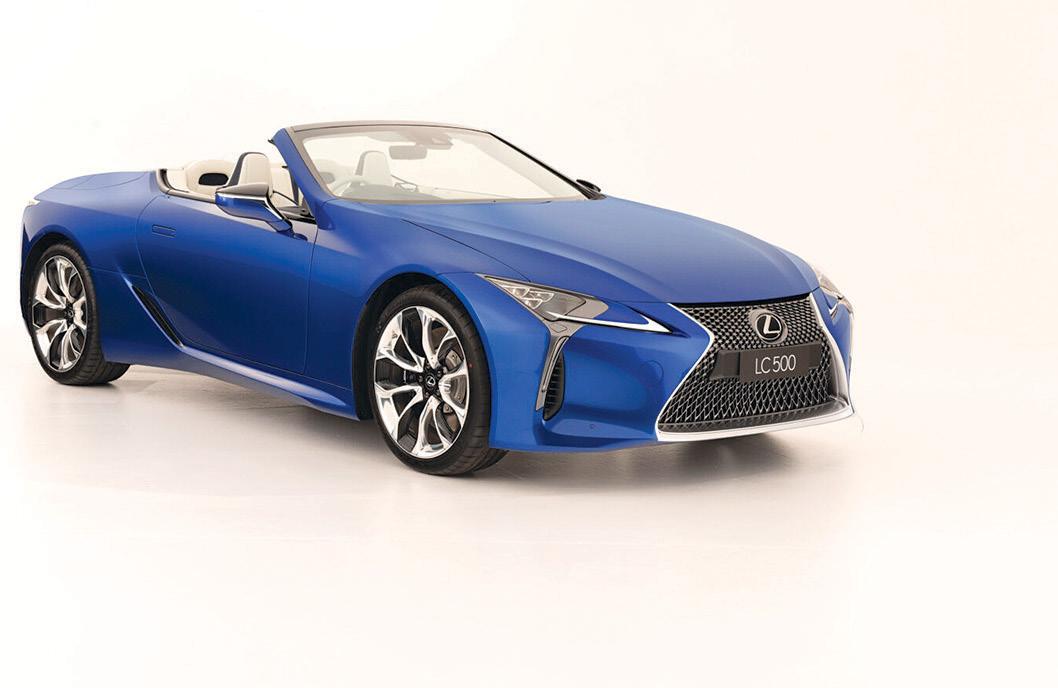

Fortunately there haven’t been any injuries between motorists and riders during our club rides,” said Harry Levine of Brentwood cycling club Delta Valley Velo. “There have been a few close calls. Unfortunately there have been injuries to riders riding alone that have been involved in car accidents.”
According to the California Highway Patrol’s Transportation Injury Mapping System, there were 171 accidents involving bicyclists in Contra Costa County in 2023. The average number of accidents involving bicyclists in the last three years in Contra Costa County is 168.3, according to the mapping system. There are ways bicyclists and motorists can practice safety measures to keep them more aware while sharing the road.
Levine said there have not been any injuries between club members and motorists during one of their rides. However, there have been incidents when riders were alone.
Delta Valley Velo, also known as DV2, is an 11-year-old Brentwood cycling club
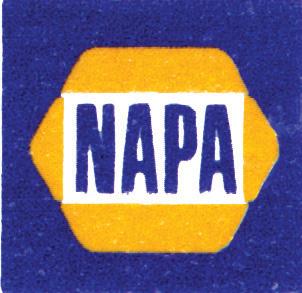

established by Levine and Dave Leaumont. According to its website, deltavalleyvelo.com, the club seeks to attract enthusiastic riders with similar skills and goals. They ride for health, fitness, to be social and to improve their cycling skills. There is no membership fee to join and all are welcome.
“We are avid cyclists, and as a club, promote cycling and its benefits to better living and better health,” Levine said.
Rides with Delta Valley Velo vary from 20-100 miles and go through Brentwood, Oakley, Discovery Bay, Byron, Knightsen, Antioch, Pittsburg, and Livemore, and can


include anywhere from 10 to more than than 20 riders, according to their website. They also schedule out-of-town rides once a month, and, on occasion, participate in fundraising and host other social events.
“We have a core group that makes decisions regarding rides and events that we offer our club members,” Levine said. “We also have many sponsors that help us financially to support our events or with services that they provide.”
The club requires helmets for all rides, because they say safety is a top priority, and it offers specific safety tips to club
members to keep in mind while riding.
“Safety is number one,” Levine said. “Our riders should always pay attention to their surroundings and road conditions. Stay far right in the bike lanes. Be especially careful if the road does not have bike lanes. We suggest that riders have bright tail lights on their bikes.”
There are certain things motorists should also be aware of when sharing the road with bicyclists, such as being aware of the law as it pertains to sharing the road with bicyclists. According to Levine, something as simple as using a turn signal helps bicyclists.
“Drivers should be aware that they are required by law to keep a three-feet distance when passing cyclists,” Levine said. “They should always use their turn signals. This helps us a great deal when we know their intentions. They also need to know that we have every right to be on the road and if a stretch of road is too narrow, we will take the lane to keep riders safe. This generally lasts for a short distance, as we will not choose those types of roads to ride on for a long distance.”
Being knowledgeable of the traffic laws and being aware of surroundings are two of the main practices cyclists and motorists can do to help them stay safe while sharing the road.
For more information on Delta Valley Velo, visit deltavalleyvelo.com or find them on Facebook @Delta Valley Velo.





Covering 716 square miles of the Bay Area, Contra Costa County is home to some amazing backroads. Here are three backroads Bay Area riders should consider exploring that provide great views, tests of skills, and just a good time.
Pinehurst Road - Moraga. Nestled in the foothills between Oakland and Moraga sits Pinehurst Road that stretches for about seven miles starting from the north at the top of Skyline Boulevard, and connects to Redwood Road to the south. This tiny, yet mighty, road is surrounded by a forest of redwood trees that immerse you into the surrounding nature. A special feature of this road is its two-mile- long section of fast switch-backs, and S-turns that will make any rider feel like they are on a roller coaster. Once you’ve completed Pinehurst, it’s usually great to take Redwood Road down to Castro Valley. At the time of writing this, a section of Redwood Road after the Anthony Chabot staging area is closed due to recent landslides from past rain, there is no clear date as to when it will be open for use but it is still a fun route to explore for many riders visiting the area.
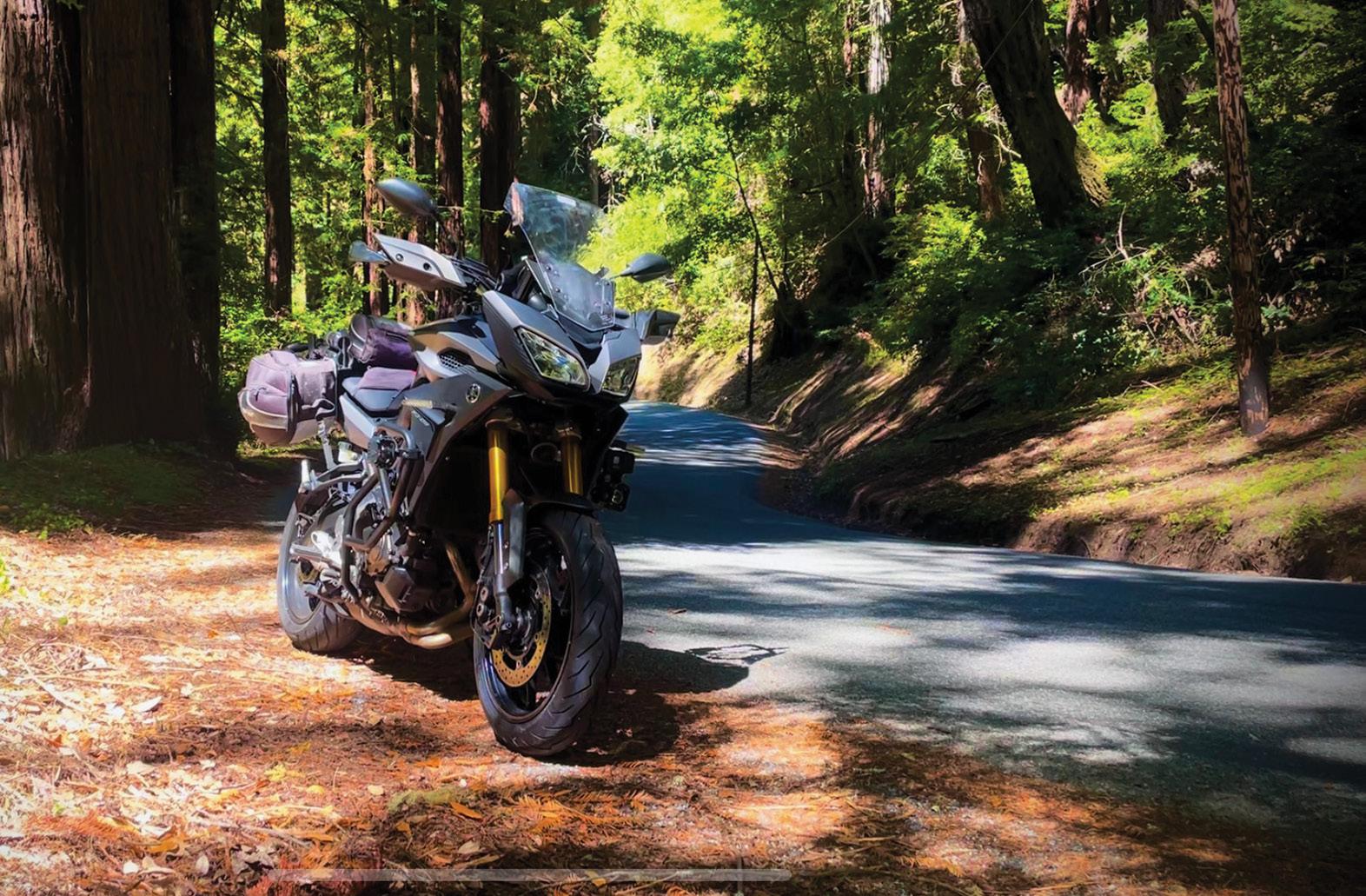
Mount Diablo. When it comes to scenic routes in Contra Costa County, Mount Diablo’s North and South Gate roads are number one at offering high-elevation views, winding roads, and lush nature, making it a great choice for a day trip. You can enter the park from the north in Ygnacio Valley or from the south in Blackhawk. There is a $10 entrance fee into the park, which is worth the price if you also plan on taking advantage of the many vista points, hiking trails, camping, and picnic areas in the park.
North and South Gate roads will lead you to Summit Road, the primary road that takes you to the top of Mount Diablo’s North Peak. Once there, you can check
out the visitor center, and the light tower giving guests a 360-degree panoramic view of the Diablo Mountain Range, where you can see as far south as Mount Hamilton in San Jose to Napa Valley to the north.
With all the twists and turns you will be going through that traffic can be slow at times in areas where cyclists and hikers are present so it’s best to take your time, enjoy the views while making your way to the top of the 3,800-foot peak. Parking is limited, so be prepared to find parking in adjacent lots from the visitor center during the busy days and hours.
Morgan Territory Road - Marsh Creek. If you love single-lane roads with blind corners, and tight hairpins, Morgan Territory Road is for you. This road stretch-
es for 20 miles, winding its way up and over Morgan Territory Regional Preserve connecting with Marsh Creek Road from the north and North Livermore Avenue to the south. It’s important to know that this road is pretty narrow and demands your attention no matter what pace you are riding, being that it serves as a primary road for the residents who live on the hill. Vehicles traveling on this road can take up the entire lane and can force you to ride the edges of the road or, in some cases, onto the dirt. However, that same technicality and difficulty, makes this road one of the best for testing your skills as a rider. There is never a dull moment on this road, so you will want to focus through each turn, avoiding any potential dangers and target fixating on obstacles that may be approaching.


When preparing for your road trip, do your due diligence and check for any road construction projects, or closures that may delay or prevent you from riding through these beautiful roads. During the rainy season, these roads are known to flood or be victim to rock and landslides. Spring, summer, and fall are the best times to travel through these roads. But if you don’t mind the rain and mud during winter, riding through these roads can be just as rewarding as long as you take your time. To view a video of the event, visit www.thepress.net/multimedia
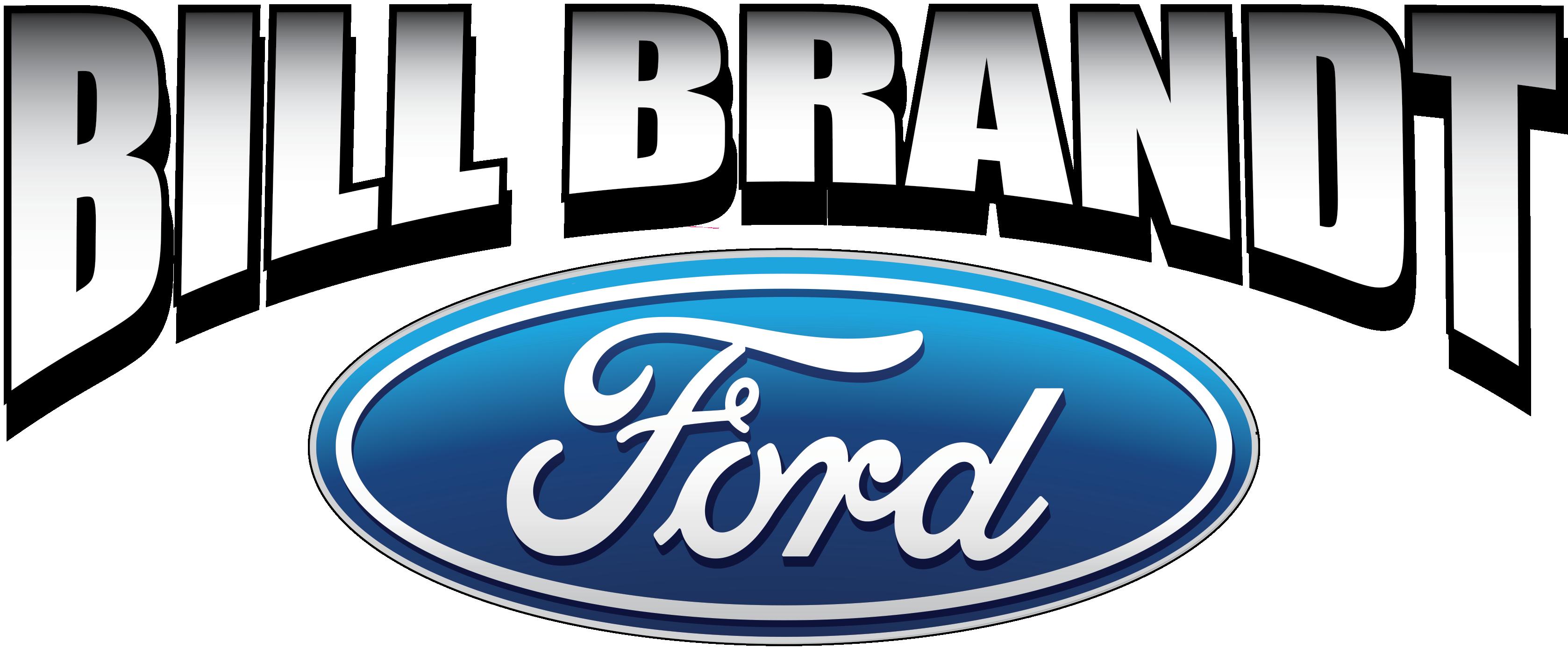




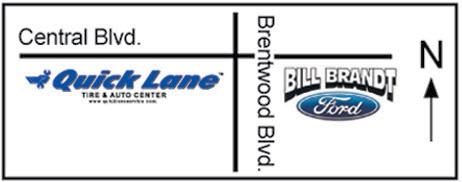
Technology has dramatically changed the way people live, and has increasingly changed how they drive as well. While power windows were once coveted as high-tech features, the sophisticated technology available in modern cars and trucks can make earlier tech seem like child’s play.
While some vehicle technology is designed to keep you safe, other tech is all about comfort and convenience. The following are five options to consider when purchasing your next vehicle.
Telematics is a system that can remotely monitor many components of a vehicle’s diagnostics and driver behavior. While this

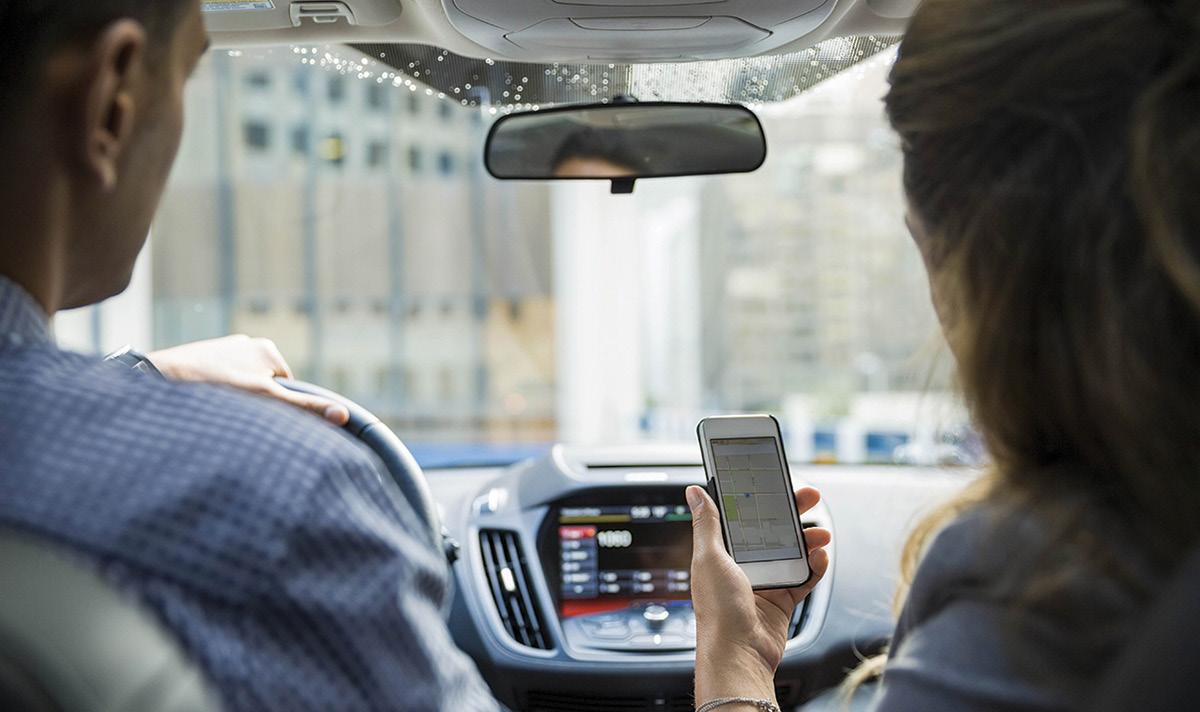
telecommunications technology already is implemented in delivery, towing and public transportation industries, it can be utilized in the private market to track live weather conditions, traffic, parking lot information, fuel consumption, and battery power.
While most drivers are familiar with









vehicle technology features can improve comfort and convenience in
heated seats, many vehicles now come equipped with cooled seats as well. These seats can make it more comfortable to drive on hot days and improve air flow in the car as they work in conjunction with vehicle heating, ventilation and airconditioning systems. Cooled seats can be expensive and will add weight to a vehicle, so they may be best for heavy sedans, SUVs and light trucks.
Electronic devices have been going wireless for years, and the newest crop of wireless technology is wireless phone chargers. The online tech resource CNET says wireless charging pads have become
ubiquitous in offices and homes, but now they’re becoming useful tools inside cars. Portable charging pads can plug into the automobile auxiliary power DC outlet. For example, the X-Doria Defense Helix wireless car charging mount with RoboGrip has powered “robotic” arms that automatically open when you place your phone near the charger and then clamp shut after you dock it. Wireless charging pads are built into vehicles manufactured by Lincoln and Mercedes-Benz, and may soon be standard technology on more cars and trucks.
Mobile phone users tend to fall into two distinct camps: those who prefer iPhones and those who rave about Android offerings. Many car manufactures have realized consumers want CarPlay (and Android Auto) built standard into their vehicles. These apps allow drivers to access their most-used apps conveniently without an extra learning curve for manufacturerspecific driver assist apps.
USB ports for second- and third-row passengers is essential when moving an SUV full of kids or taking a road trip with the family.

These automotive tasks are just some that people can try themselves to save time and money.
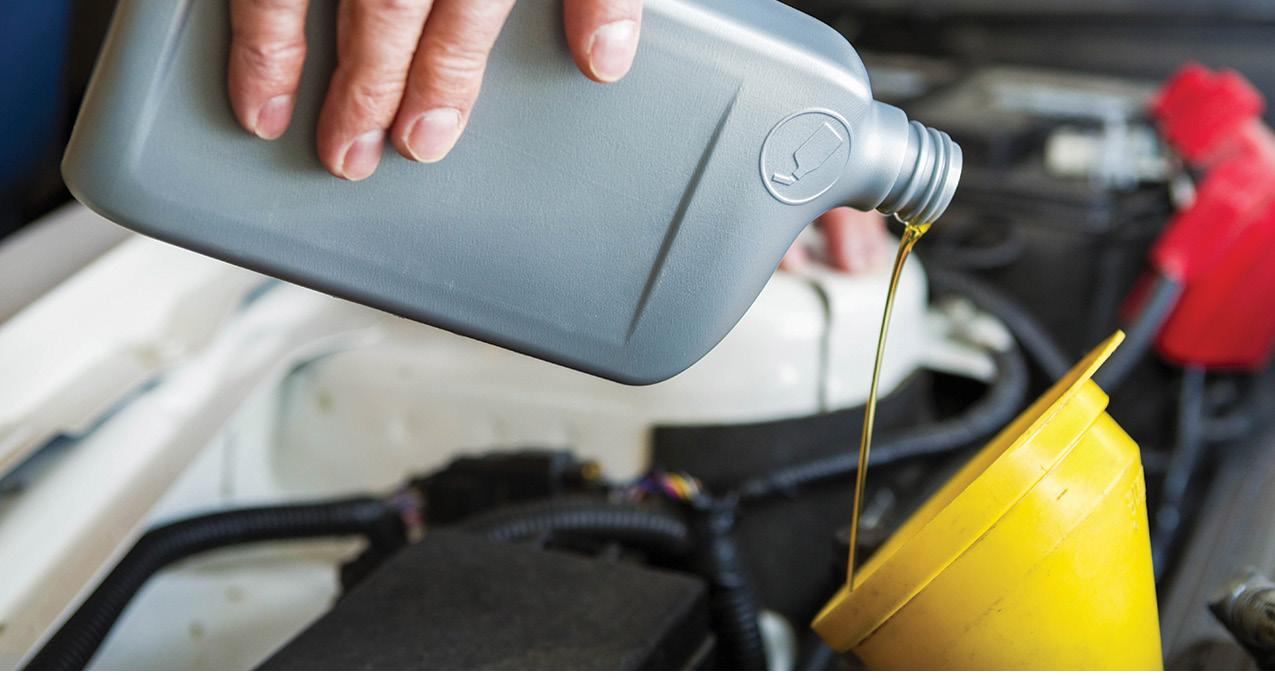


During the global COVID-19 pandemic, many people looked for ways to save money. One way to live a frugal life is to take on more projects. In addition to lawn and garden upkeep and minor home improvements, people may be able to tackle some auto repair and maintenance jobs themselves.
♦ Replace the air filter. An air filter should be changed annually or more frequently if you reside in a dry, dusty climate. A clogged filter can stress the vehicle’s air conditioning system and reduce heat capacity in the winter. Check the location of the air filter in the owner’s manual; pay attention to how it is placed before removing. Then replace it with a clean filter that can be purchased for about $15.
♦ Replace the wiper blades. When wiper blades are worn out, visibility in rainy weather is reduced. Choose a quality wiper blade, as they usually are made with high-quality rubber, clean better and have more UV protection than manufacturer-provided blades. Follow the installation instructions on the package, and be sure to refer to the particular manufacturer’s buying guide to get the right size for your make and model of vehicle.
♦ Replace spark plugs. The money
management website Money Crashers says spark plugs need to be replaced after around 30,000 miles or as indicated by your owner’s manual. Vehicles will have four, six or eight plugs, depending on how many cylinders the car has. The plugs need to be changed in a certain order, so remove only the first wire and spark plug. Remove and replace plugs one by one with a spark plug socket, wrench or ratchet.
♦ Change the oil and oil filter. Because changing the oil in a vehicle requires jacking up the car or truck and getting a little dirty, some people prefer to leave it to an oil change center. However, at an estimated cost of $20 versus nearly double or more what you’ll spend elsewhere, it can save money to do it yourself. Never change the oil while the engine is hot. And remember to lubricate the rubber gasket on the new oil filter and allocate enough oil to fill the filter with about 2/3 of new oil in addition to what is put in the engine.
♦ Replace headlight bulbs. Replacing headlight bulbs is a fairly easy project and will take only about 10 minutes to do after you purchase the right bulbs for your vehicle. Each vehicle is different, but many bulbs are housed inside of a bulb holder, which is shaped like a trapezoid with three wires coming out of it, advises U.S. News & World Report. Remove the old bulb and put in the new one. Plug the wires back in and test to see if the headlight works.
– Courtesy of Metro Creative

